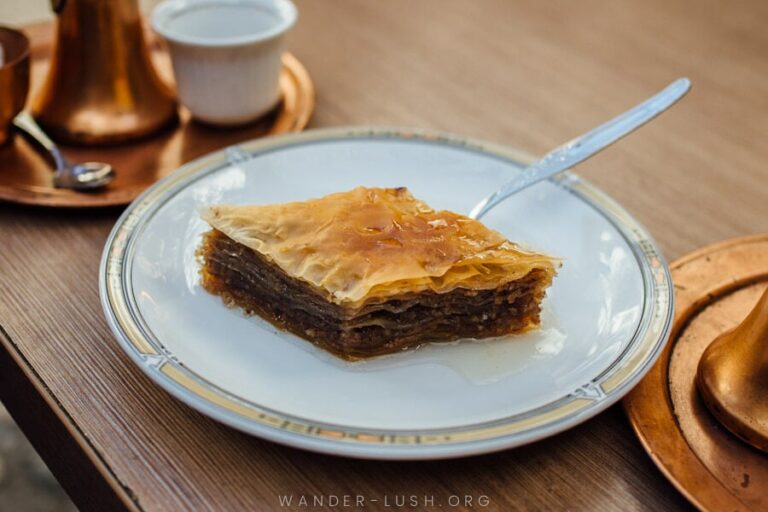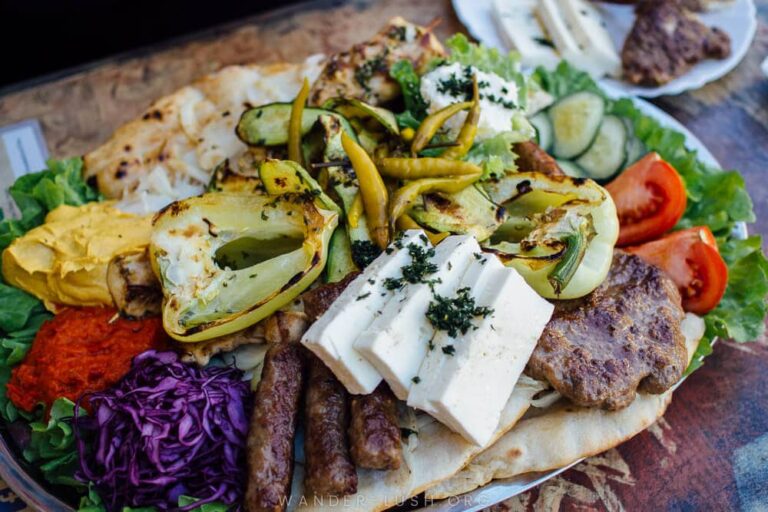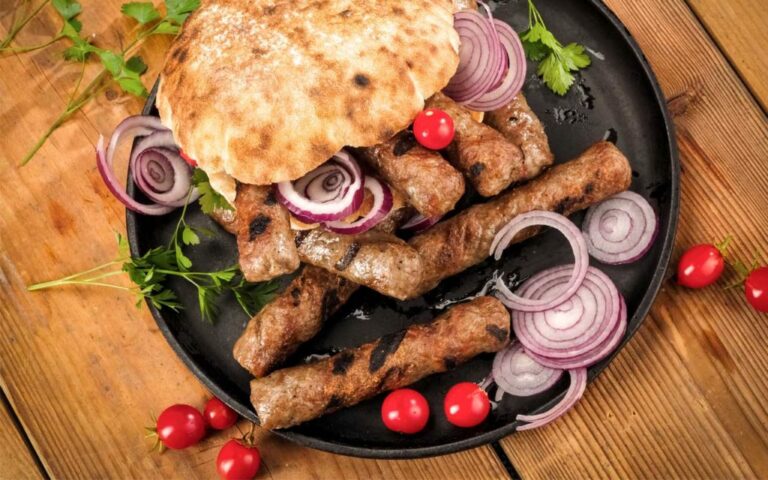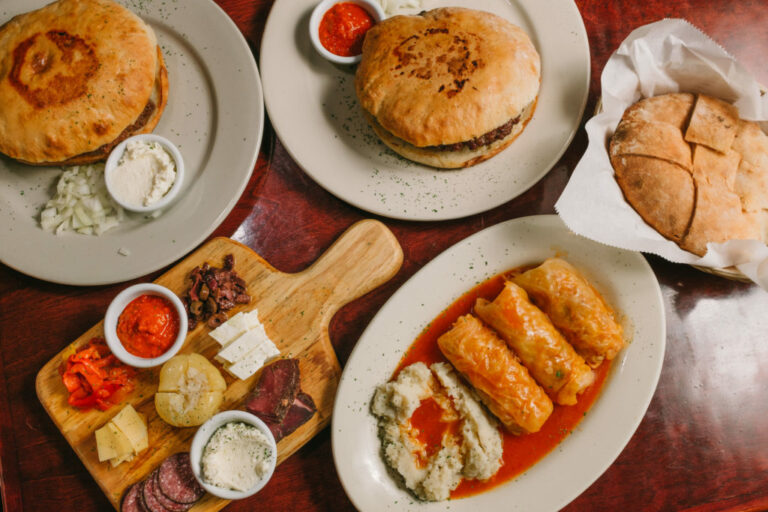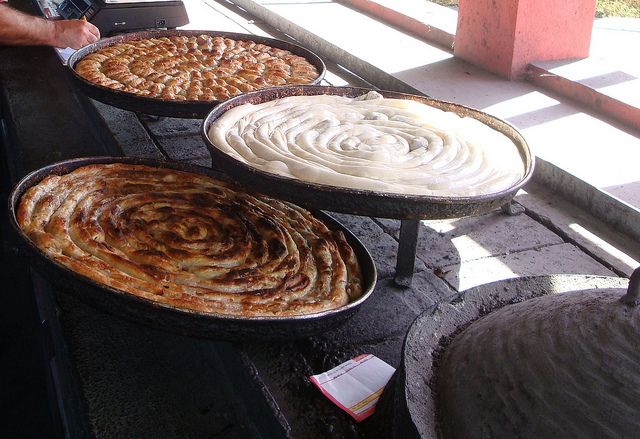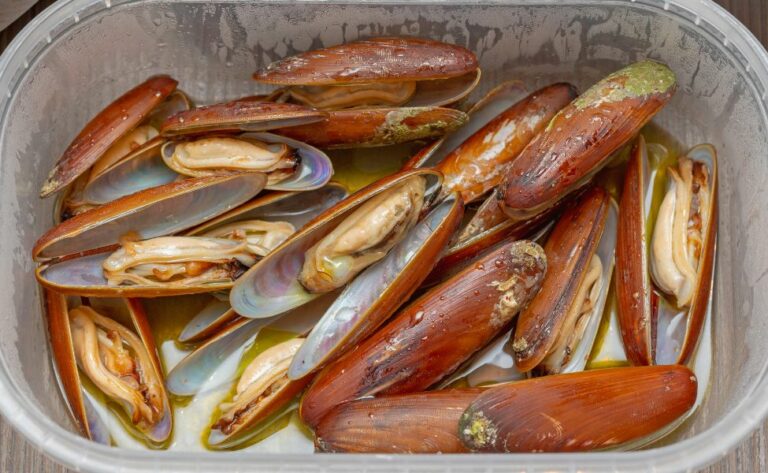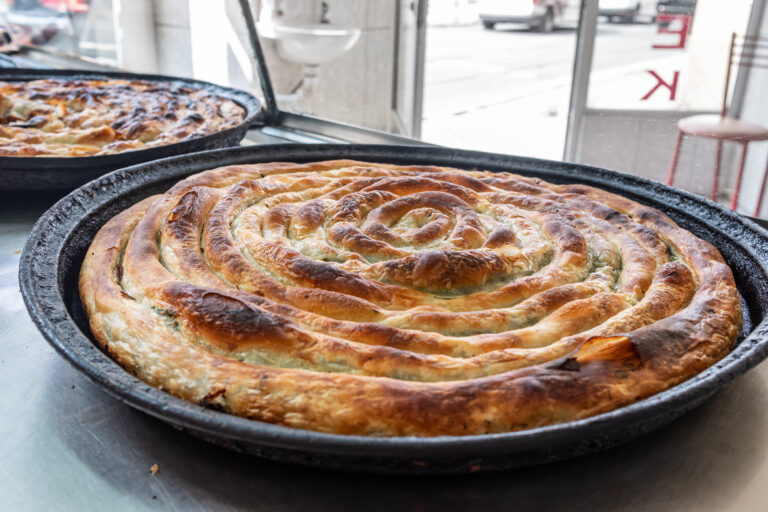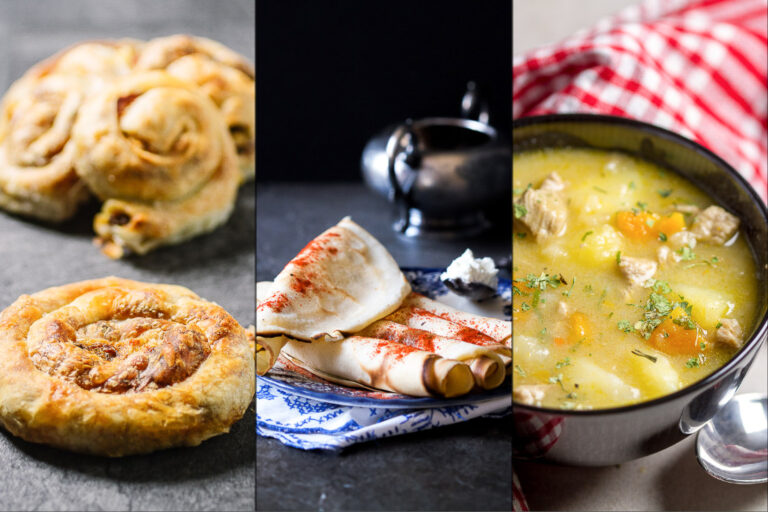Introduction: Bosnian Cuisine and Meat
Bosnian cuisine is heavily influenced by the Ottomans, who ruled the region for centuries. As a result, Bosnian food is known for its rich and hearty dishes, often featuring meat, vegetables, and spices. Meat is an essential part of the Bosnian diet, with dishes ranging from grilled meats to stews and soups.
In this article, we will explore some of the most popular meat dishes in Bosnian cuisine. From grilled meats to savory pastries, these dishes are sure to satisfy any meat lover’s appetite.
Ćevapi: A Popular Balkan Meat Dish
Ćevapi is a popular dish throughout the Balkans, including Bosnia. These are small grilled meat sausages made of minced beef and lamb, seasoned with salt, pepper, and other spices. They are usually served with pita bread, onions, and sour cream, making for a delicious and filling meal.
Ćevapi are a staple street food in Bosnia, and you can find them in almost every café or restaurant. They are perfect for a quick and satisfying lunch, or as a snack on the go.
Burek: A Savory Pastry and Meat Dish
Burek is a savory pastry dish made of phyllo dough and filled with meat, cheese, or vegetables. The meat version, called mesni burek, is filled with a mixture of ground beef, onions, and spices. Burek is a popular breakfast food in Bosnia, served with yogurt and a cup of strong Bosnian coffee.
Burek is a versatile dish that can be eaten hot or cold, as a snack or a meal. It is often sold in bakeries or street food stalls, and is a beloved part of Bosnian cuisine.
Pljeskavica: The Serbian Hamburger
Pljeskavica is a Serbian dish that has become popular throughout the Balkans, including Bosnia. It is a large, flat hamburger patty made of ground beef and lamb, mixed with onions and spices. It is usually served in a pita bread with onions, kajmak (a traditional Balkan cheese), and ajvar (a spicy red pepper dip).
Pljeskavica is a hearty and filling meal, perfect for a summer BBQ or a quick dinner. It is a popular street food in Bosnia, and you can find it in many restaurants and food stalls.
Sarma: A Hearty Meat-Stuffed Cabbage Roll
Sarma is a traditional Bosnian dish made of cabbage leaves stuffed with a mixture of ground beef, rice, and spices. It is usually served with sour cream and bread, making for a hearty and comforting meal.
Sarma is a popular dish during the winter months, when the weather is cold and snowy. It is a labor-intensive dish to prepare, but the end result is well worth the effort.
Begova Čorba: A Meaty Soup Fit for Royalty
Begova Čorba is a traditional Bosnian soup made with beef, vegetables, and spices. It is a rich and flavorful soup, often served as a starter for special occasions or holidays.
The name Begova Čorba means “Bey’s soup,” referring to the Ottoman rulers who enjoyed this soup as a delicacy. It is still considered a special dish in Bosnia, and is often served at weddings and other celebrations.
Janjetina: Roast Lamb with a Bosnian Twist
Janjetina is a traditional Bosnian dish that features roast lamb, cooked with garlic and other spices. It is usually served with roasted potatoes and vegetables, making for a hearty and delicious meal.
Janjetina is a popular dish during the Easter holiday, when it is often served as the main course for family gatherings. It is also a popular dish for special occasions like weddings and christenings.
Raznjići: Grilled Meat Skewers Perfect for Summer BBQs
Raznjići are small meat skewers made of beef, lamb, or pork, marinated in garlic and other spices. They are usually grilled over an open flame, making for a delicious and smoky flavor.
Raznjići are a popular summer BBQ food in Bosnia, and are often served with a side of ajvar or kajmak. They are perfect for a backyard party or a family gathering.



